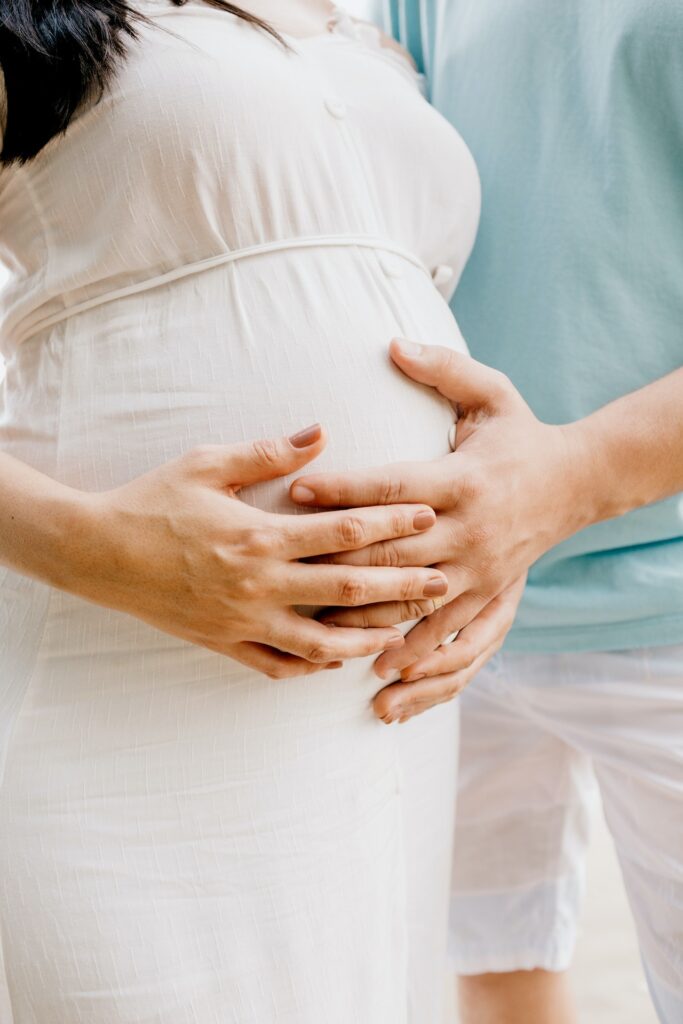The journey of pregnancy culminates in the awe-inspiring process of labor and childbirth. As the momentous event draws near, it’s natural for expectant mothers to experience a mix of excitement, anticipation, and perhaps a touch of apprehension. Understanding what to expect during pregnancy labor can help ease worries and empower you to approach this remarkable journey with confidence. In this comprehensive guide, we’ll walk you through the stages of labor, common signs, and how to prepare for the big day.
Stage 1: Early Labor
Early labor marks the beginning of the journey, often lasting for several hours or even days. During this phase, you might experience:
- Contractions: These are mild and irregular at first, resembling menstrual cramps. Gradually, they become more regular, stronger, and closer together.
- Cervical Changes: The cervix starts to thin and dilate, which can cause a pinkish or brownish discharge referred to as the “bloody show.”
- Emotional and Physical Changes: Restlessness, excitement, and nervousness are common during early labor. It’s a good time to rest, hydrate, and eat light meals.
Stage 2: Active Labor
Active labor is characterized by more intense contractions and greater cervical dilation. Here’s what you can expect:
- Intense Contractions: Contractions become stronger, lasting around 45-60 seconds and occurring every 3-5 minutes. Breathing techniques and relaxation exercises can help manage pain.
- Focused Breathing: Deep, controlled breathing can help you stay calm and conserve energy during this stage.
- Supportive Environment: Surround yourself with your chosen support team – partner, doula, or family members – who can offer encouragement and assistance.
- Hospital Arrival: It’s generally recommended to head to the hospital or birthing center when contractions are consistently strong and about 5 minutes apart.
Stage 3: Transition
Transition is the most intense phase of labor, marking the transition from active labor to pushing. During this stage, you might experience:
- Powerful Contractions: Contractions peak in intensity and frequency, occurring every 2-3 minutes and lasting around 60-90 seconds.
- Emotional Intensity: Many women experience a mix of emotions, from determination to moments of self-doubt. Remind yourself that you’re progressing toward meeting your baby.
- Cervical Dilation: The cervix reaches full dilation (10 cm), and you may feel the urge to push.
Stage 4: Pushing and Delivery
The final stage involves the incredible effort of pushing your baby into the world:
- Urge to Push: You’ll likely feel a strong urge to bear down and push. Follow your body’s cues and work in harmony with your healthcare provider’s guidance.
- Intense Energy: The energy required for pushing can be physically demanding but also deeply empowering.
- Baby’s Arrival: With each push, your baby’s head moves further down the birth canal. Once the head crowns, the remainder of the body follows in a swift succession.
Stage 5: Placenta Delivery
After your baby arrives, the placenta, which sustained your baby during pregnancy, needs to be delivered. This typically happens within 10-30 minutes after birth.
Conclusion
The journey of pregnancy labor is a remarkable experience that requires physical and emotional endurance, along with a supportive environment. Understanding the stages of labor and what to expect can help you prepare mentally and emotionally for the grand moment of meeting your baby. Each labor experience is unique, and while it’s essential to have a birthing plan, it’s equally important to remain adaptable as situations can evolve. Trust in your body’s innate strength, rely on your support network, and remember that every contraction brings you closer to the incredible reward of holding your precious newborn in your arms.
